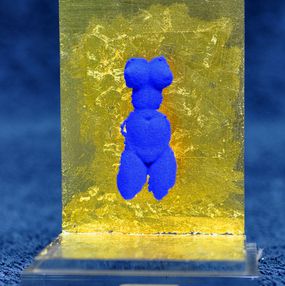
What is a Fabergé Egg?

What is a Fabergé egg? You’ve probably heard the name or seen them before, but you’ll be surprised by the complex story behind them that makes them so elusive. First commissioned 136 years ago by Tzar Alexander III of Russia, each of these artifacts are inextricably linked to the extravagant reign and tragic downfall of the Romanov family.
When Alexander III presented the first Fabergé egg in 1885 as a gift to his wife Empress Maria Feodorovna, he only intended to do so on one occasion. However, her delight at the object meant he would continue to commission them annually for her until his death. This tradition, which his son Nicholas II also adopted, would continue until the outbreak of revolution in 1917, ending the Romanovs three-century rule.
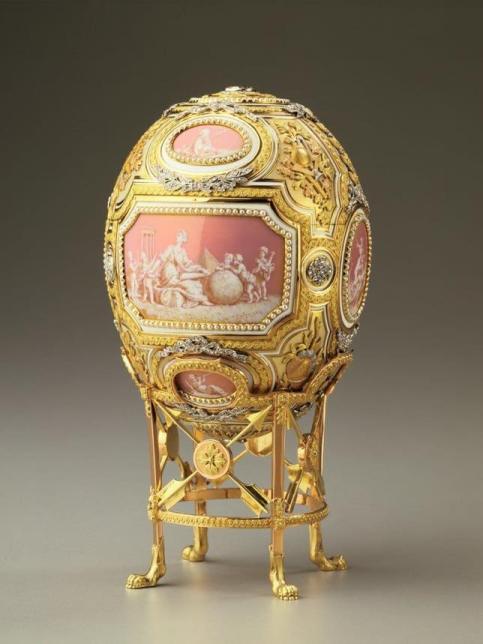
The artisan behind them was Peter Carl Fabergé. He was the director of renowned St.Petersburg-based jewelry house, the House of Fabergé. His ability to embellish everyday objects through enamelling, goldsmithing and stone-setting made Fabergé famous throughout the royal courts of Europe. Rival houses who are much more widely known today, such as Cartier and Tiffany, drew direct inspiration from the Russian master.

Over the last era of Romanov rule, Fabergé would produce 52 imperial eggs, of which 46 are accounted for today. Each egg was entirely unique, made with the most luxurious materials and precious stones. Even at the time they were considered to be artistically innovative; Faberge reinvented each creation with new features. He added new elements like clocks, claw-footed plinths or even made it possible to open them to unveil a surprise. But they were no easy task.
Each egg took between one and two years to complete and required work from multiple artisans with differing expertise, from metalsmiths to diamond-cutters, painters and other specialists.
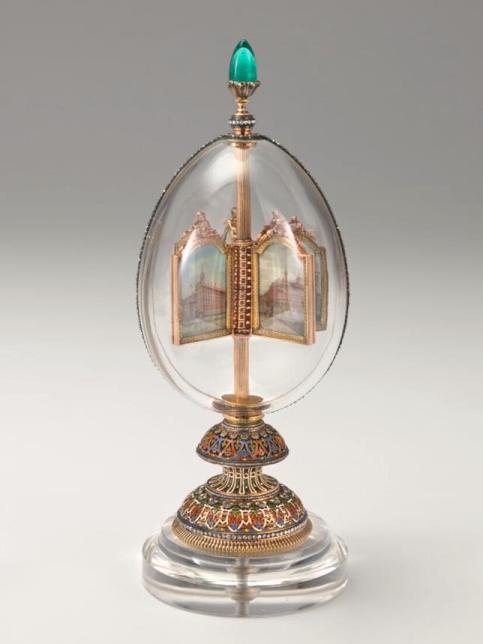
Fascination in these artifacts comes down to a plethora of reasons. They are astounding examples of craftsmanship and are sold for staggering sums at auction. They are also a rarity in the amount of history they encapsulate. As an opulent relic of a family who met the most undignified of ends, the luxury of these eggs seems in retrospect to be the crescendo before their owners’ brutal overthrowl. And then there is the element of mystery brought about by the whereabouts of the still-missing eggs.
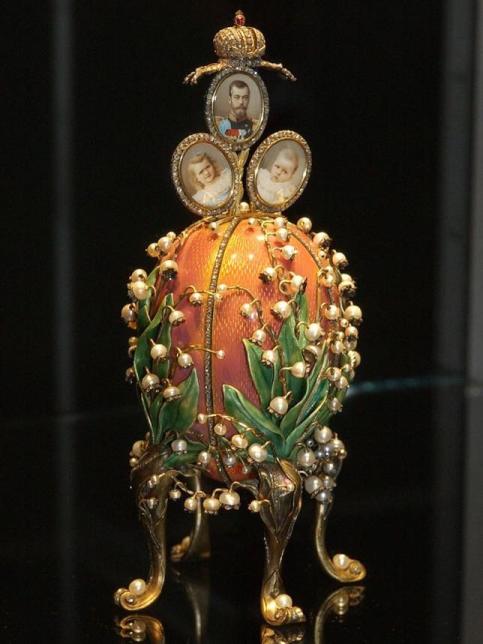
Those remaining are currently scattered across the globe. The biggest collection is in the Kremlin Armoury in Moscow where 10 original eggs are on display. However, many are in private collections far from their original home in St. Petersburg – as far away as Qatar and New York City. Many fear that the Bolsheviks destroyed some when they came to power in 1918. The eggs, to them, were simply testimony to the decadence of the elite. They were something they enjoyed while their population starved and suffered. Thus, it makes sense that they would rid of these objects to make way for utilitarian Soviet art, which you can read about here.
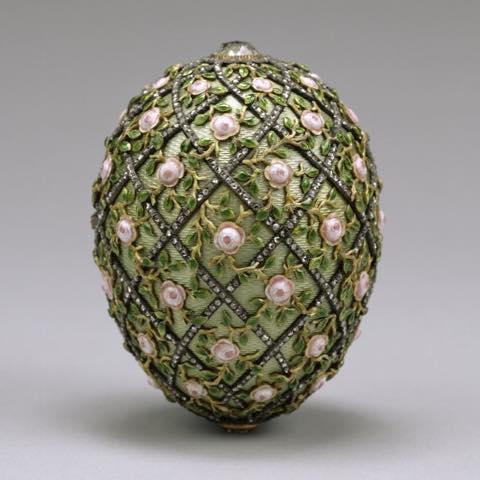
Nevertheless, Artsper encourages you to see the Fabergé eggs’ beauty with your own eyes. Try finding the closest known one to you. Or if you’re feeling adventurous, maybe even a bit lucky… Just know there are 8 eggs still missing and who knows what awaits the person who finds them!
You might also like

About Artsper
Founded in 2013, Artsper is an online marketplace for contemporary art. Partnering with 1,800 professional art galleries around the world, it makes discovering and acquiring art accessible to all.
Learn more











